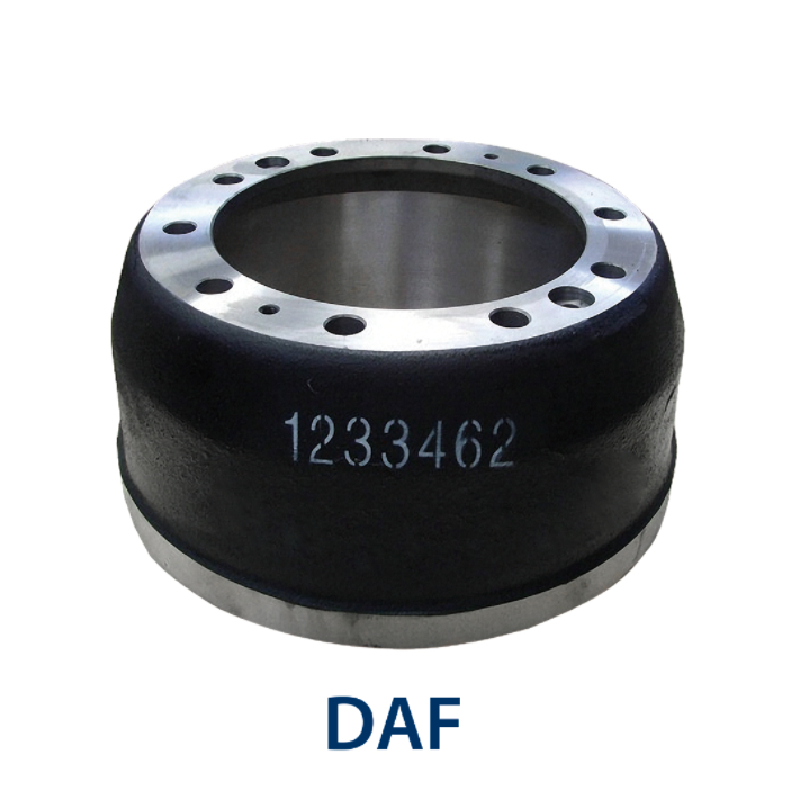Sep . 25, 2024 13:56 Back to list
Understanding the Manufacturing Process of Brake Drums for Automotive Applications
The Brake Drum Manufacturing Process
The brake drum is a crucial component of a vehicle's braking system, designed to provide effective stopping power through friction. As vehicles have evolved, so too has the technology and methodology involved in manufacturing brake drums. Understanding the brake drum manufacturing process can shed light on the engineering principles that ensure safety and performance in modern vehicles.
Material Selection
The brake drum is typically made from cast iron due to its excellent thermal conductivity and wear resistance. Some manufacturers are also exploring advanced materials such as aluminum alloys for weight reduction without compromising strength. The selection of the right material is essential, as it influences the durability, performance, and thermal management of the drum.
Melting and Casting
The first step in the manufacturing process is melting the raw materials. In a foundry, iron scrap is melted in an induction furnace, reaching temperatures of around 1400 to 1500 degrees Celsius. Once molten, the liquid iron is poured into molds that define the shape of the brake drums. The molds are often sand-cast, allowing for intricate designs and features that improve the drum's performance.
Cooling and Finishing
brake drum manufacturing process

After pouring, the molten iron is left to cool and solidify in the molds. Once cooled, the cast brake drums are removed from the molds and undergo cleaning to eliminate any sand and impurities. This is typically done through shot blasting or sandblasting. The drums are then machined to achieve precise dimensions and tolerances. Machining processes involve turning, milling, and drilling operations to create the necessary features, such as mounting holes and drum surfaces.
Quality Control
Quality control is paramount in brake drum manufacturing. Each batch of drums undergoes rigorous testing to ensure they meet the required standards and specifications. This includes checking for structural integrity through ultrasonic testing and dye penetration inspections to identify any potential fractures or defects. Additionally, dimensional inspections are carried out using precision gauges to ensure that the drums conform to tight tolerances.
Coating and Final Assembly
Once the drums have passed quality control, they often receive a protective coating to prevent corrosion. This may include painting or applying a rust-resistant finish. After coating, the drums are paired with other brake components such as shoes and brake pads during the final assembly process. This ensures that every part works in harmony to deliver optimal braking performance.
Conclusion
The manufacturing of brake drums is a complex process that involves multiple stages, from material selection to final assembly. Each step is critical to ensuring that the product meets stringent safety standards and performs reliably under various conditions. As vehicle technology continues to advance, the methods and materials used in brake drum manufacturing are likely to evolve, further enhancing the effectiveness and safety of braking systems.
-
Scania Brake Drums: OEM Quality for Optimal Safety & Durability
NewsAug.16,2025
-
R.V.I: Advanced Remote Visual Inspection for Precision
NewsAug.15,2025
-
Discover HYUNDA: Innovative Vehicles, Equipment & Solutions
NewsAug.14,2025
-
R.V.I: Unlock Advanced Insights & Real-time Performance
NewsAug.13,2025
-
Kamaz Brake Drum: Durable & Reliable for Heavy Duty Trucks
NewsAug.12,2025
-
Heavy Duty Iveco Brake Drum - Premium Quality & Safety
NewsAug.11,2025
